 by "ttyymmnn" (ttyymmnn)
by "ttyymmnn" (ttyymmnn)
Published 11/10/2017 at 12:35
 by "ttyymmnn" (ttyymmnn)
by "ttyymmnn" (ttyymmnn)
Published 11/10/2017 at 12:35
Tags: planelopnik history
; Planelopnik
STARS: 14
!!! UNKNOWN CONTENT TYPE !!!
Welcome to
This Date in Aviation History
, getting of you caught up on milestones, important historical events and people in aviation from November 8 through November 10.
!!! UNKNOWN CONTENT TYPE !!!
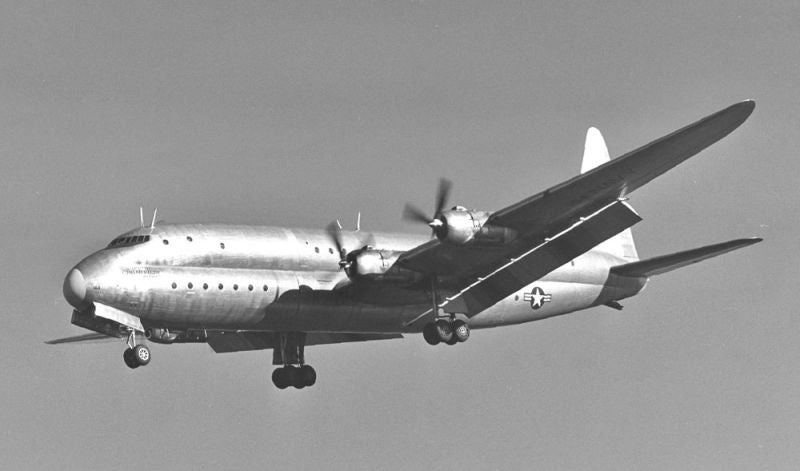
November 9, 1946 – The first flight of the Lockheed Constitution. Throughout aviation history, there have been numerous double-deck aircraft . Some were just very large aircraft with two decks, but others were so-called “double bubble” aircraft. Since a pressurized aircraft is essentially an aluminum tube, a double bubble aircraft stacks one tube atop another to create more cabin or cargo space. While some aircraft were modified as double-deckers from existing aircraft, the Lockheed Constitution was designed from the ground up to be a double bubble double-decker.
Development of the R6V began in 1942 with a joint study by the US Navy, Pan Am, and Lockheed to develop a large transport aircraft to supplement the Navy’s aging fleet of flying boats. Pan Am signed on in the hopes that any aircraft coming out of the partnership might also have commercial applications. Design specifications stated that the fully pressurized aircraft must be capable of carrying 17,500 pounds of payload at an altitude of 25,000 feet for 5,000 miles. When it was completed, the Constitution was the largest fixed wing aircraft ever flown by the US Navy, but only two were ever built.

Ship No. 1 was completed in 1946 and took its maiden flight on November 9 of that year. Flight testing showed the engines to be significantly underpowered, so they were replaced by more powerful Pratt & Whitney R-4360 Wasp Major engines with water injection that offered 3,500 horsepower each. Rockets could also be mounted under the wings to assist in takeoffs with heavier payloads. Ship No. 2 took its maiden flight on June 9, 1948 and had an upper deck sumptuously fitted out for 92 passengers and 12 crew. The lower deck was fitted for cargo, but could also be configured to carry 76 passengers in addition to those on the upper deck. On February 3, 1949, Ship No. 2 flew 74 members of the press from Moffett Field in California to Washington National Airport, setting a record for the most passengers transported on a nonstop transcontinental flight.
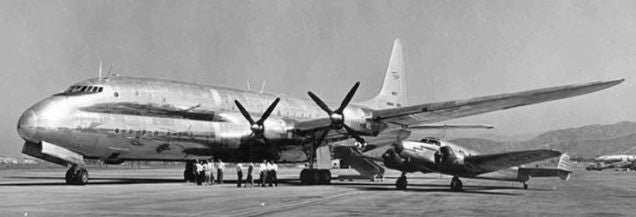
In the end, though, the Constitution couldn’t live up to its billing. It remained underpowered, even with its engine upgrade, and problems with engine overheating led to a reduced operational range. In 1949, the Navy decided that the aircraft were just too expensive to operate and offered to lease them to the airlines. But there were no takers. Both aircraft were eventually sold for $97,785 in a deal that included 13 engines, which is a pretty good bargain when you consider that the contract to build the two aircraft cost the US government $27 million. After the sale, both Constitutions suffered ignominious fates. Ship No. 1 was taken to Las Vegas where it was used as a giant billboard for Alamo Airways. It ended up being scrapped by Howard Hughes when he bought the property. Ship No. 2 was taken to Opa-Locka Airport in Florida and stored at an airfield. It was eventually moved off the airport to a new storage site , and there were plans to use it as a restaurant and museum. But those plans fell through, and the aircraft was scrapped in 1978. (Photo by W.T Larkins via Wikimedia Commons ; Lockheed photo)
!!! UNKNOWN CONTENT TYPE !!!
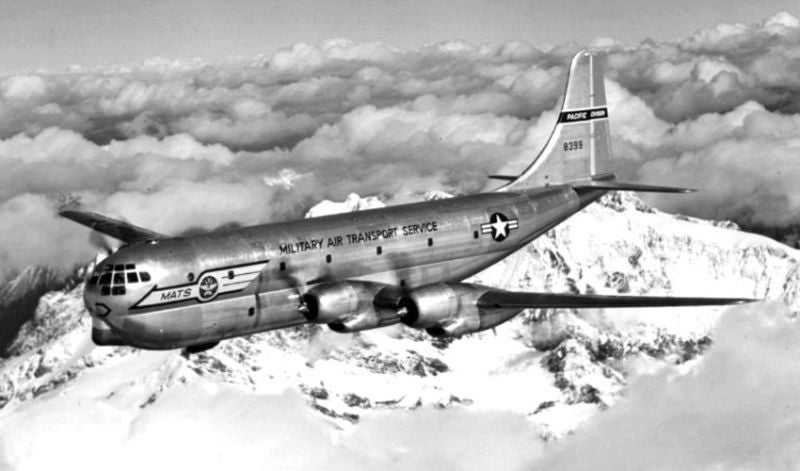
November 9, 1944 – The first flight of the Boeing C-97 Stratofreighter. It is probably safe to say that the Boeing B-29 Superfortress was one of the greatest airplanes to come out of WWII. Not only was the B-29 an exceptional bomber, it proved to be such a versatile aircraft that its descendants continued serving long after the war was over, and they did so in many different guises. After its initial use as a long-range bomber, the B-29 was pressed into service as the KB-29 aerial tanker, which helped the US Air Force develop procedures for reliably refueling aircraft in the air. Later, the B-29 was developed into the B-50 , the last piston-engined bomber produced for the US Air Force, as well as the KB-50 tanker. Both were eventually replaced by newer jet-powered designs, but a more radical descendant of the venerable B-29 served for more than 30 years, flying into the 1970s.
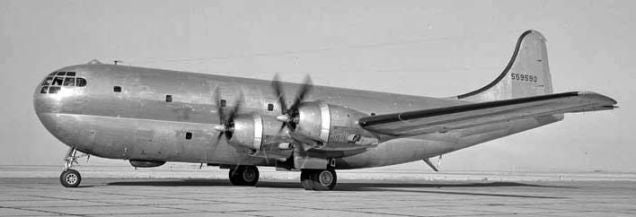
The B-29 was originally designed with the single purpose of carrying a large load of bombs a great distance. But with the end of WWII, what the Air Force really needed was an aircraft that could carry tons of cargo or large numbers of passengers. Starting with the proven B-29 Superfortress, Boeing retained the engines, wings, tail, and half the fuselage, but then added a second, larger tube on top, giving the C-97 a double bubble structure that significantly increased its cargo-carrying capacity. After the construction of the first 10 Stratofreighters, the engines were upgraded to the same 3,500 horsepower Pratt & Whitney R-4360 Wasp Major engines used on the B-50. The taller vertical stabilizer was also borrowed from the B-50 to compensate for the larger fuselage. Clamshell doors opened under the tail for loading, and a ramp allowed vehicles or other equipment to be driven into the cargo hold. However, these doors could not be opened in flight, so the C-97 was not capable of performing parachute drops of troops. And, like its B-29 predecessor, the C-97 was developed into the KC-97 aerial tanker, with the later the KC-97L made faster by the addition of a General Electric J47 turbojet engine under each wing.
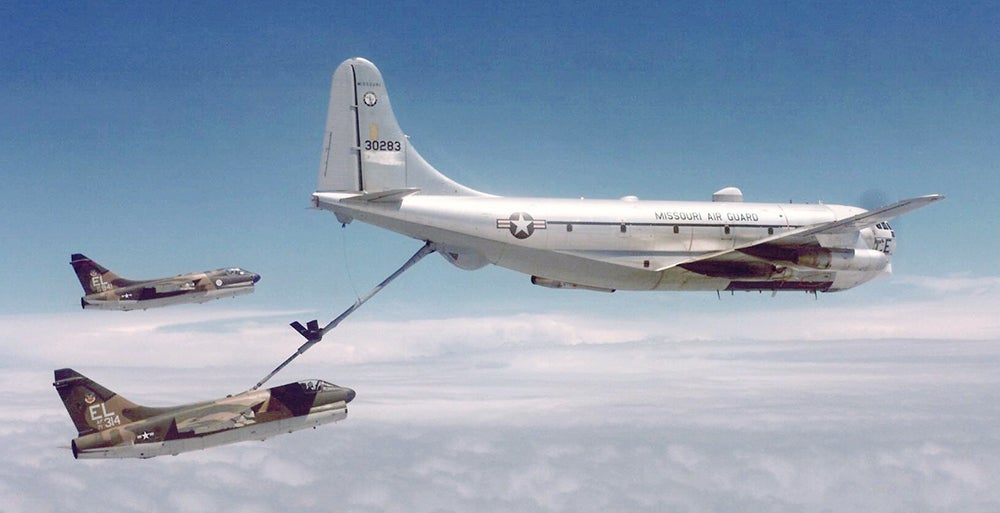
The C-97 was introduced in 1947, and one C-97 took part in the
Berlin Airlift
, but a landing accident grounded it until after the crisis ended. The Stratofreighter went on to serve in both the Korean War and the Vietnam War, and was also converted into an early airborne command post for the
Strategic Air Command
. And, in a further testament to Boeing’s flexible design, the C-97 was further developed into the
377 Stratocruiser
, a double-decker, pressurized airliner that could accommodate up to 114 passengers on its two decks. But even that wasn’t the end of the lineage that started with the B-29, as the 377 was also developed into the
Aero Spacelines Guppy
series of super-size cargo aircraft. A total of 888 C-97s were built, with the bulk of them, 811, serving in the aerial refueling role. After finishing its service with the National Guard, the C-97 was finally retired in 1978.
(US Air Force photo; photo by Bill Larkin via
Wikimedia Commons
; US Air Force photo
)
!!! UNKNOWN CONTENT TYPE !!!
!!! UNKNOWN CONTENT TYPE !!!
!!! UNKNOWN CONTENT TYPE !!!
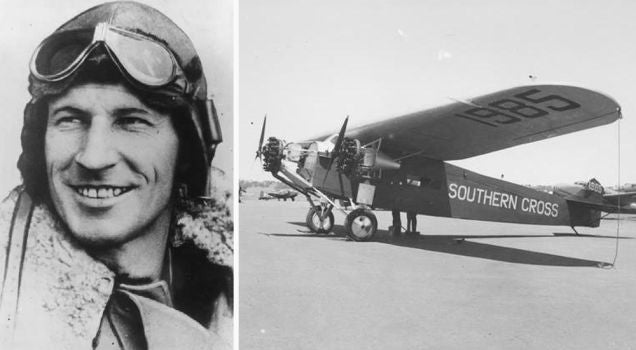
November 8, 1935 – The death of Charles Kingsford Smith. Kingsford Smith, known by his nickname “Smithy,” began as a motorcycle dispatch rider during the Gallipoli Campaign in WWI before joining the Royal Flying Corps in 1917. Following the war, he worked as a barnstormer in the US and flew airmail in Australia, but found fame for completing the first crossing of the Pacific Ocean in 1928, flying from California to Australia with Charles Ulm in a Fokker F.VII/3m named Southern Cross . He followed that with the first flight across Australia and the first flight across the Tasman Sea from Australia to New Zealand in 1928, and a westward crossing of the Atlantic Ocean from Ireland to Newfoundland in 1930. He made the first eastward crossing of the Pacific in 1934 in a Lockheed Altair named Lady Southern Cross . During an attempt to break the record for flying from England to Australia, Kingsford Smith and co-pilot John Pethybridge, flying the Lady Southern Cross , disappeared over the Andaman Sea and their bodies were never found. (Photos via Australian Government)
!!! UNKNOWN CONTENT TYPE !!!
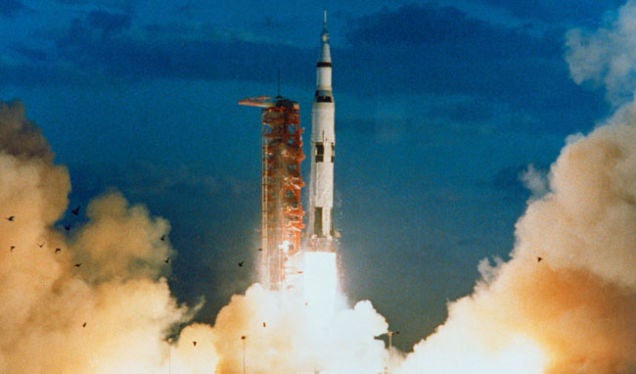
November 9, 1967 – The launch of Apollo 4, the first launch after the Apollo 1 disaster that killed three astronauts. Apollo 4 was the first “all up” test for NASA, which meant that all the rocket stages and the spacecraft were operational at launch, though the flight was unmanned. Apollo 4 was also the first launch of the Saturn V launch vehicle, the tallest, heaviest and most powerful rocket ever used operationally. Apollo 4 was launched from the Kennedy Space Center Launch Complex 39 , which had been specifically built for the huge Saturn V, and was the first mission to test all elements of the multi-stage rocket. The flight lasted nine hours before splashing down in the Pacific Ocean. (NASA photo)
!!! UNKNOWN CONTENT TYPE !!!
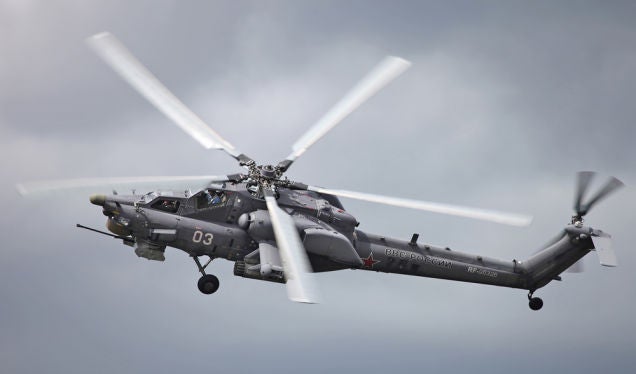
November 10, 1982 – The first flight of the Mil Mi-28, a dedicated ground attack helicopter developed by the Soviet Union to combat tanks and ground targets. Unlike its predecessor, the huge Mil Mi-24 , the Mi-28 (NATO reporting name Havoc) has no provisions for carrying troops. The Mi-28 lost out to the more advanced Kamov Ka-50 as the main Russian attack helicopter, but development continued, and the Mi-28 now serves alongside the Ka-50. Comparable to the Boeing AH-64 Apache , though larger, the Mi-28 features a chin-mounted 30mm cannon and small wings for external stores. Introduced in 2009, the Mi-28 remains in production. (Photo by Vitaly V. Kuzmin via Wikimedia Commons )
!!! UNKNOWN CONTENT TYPE !!!
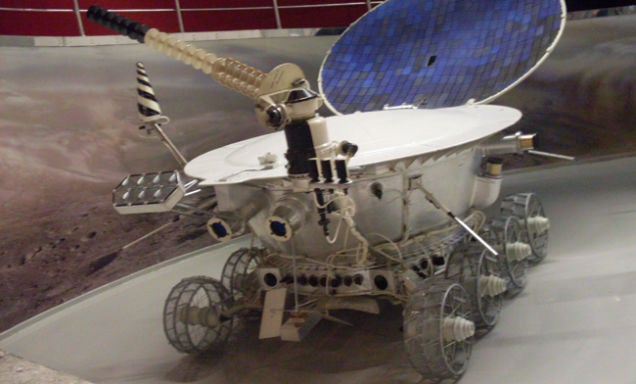
November 10, 1970 – The launch of Lunokhod 1. After the failure of Lunokhod 0 to reach lunar orbit, its successor, Lunokhod 1, landed on the Moon on November 17, 1970 and became the first remote-controlled rover to move across the surface of an astronomical object. The rover operated for ten months and traveled just over 6.5 miles on the lunar surface, returning high resolution photographs and soil analyses. In 2010, photographs of the Moon’s surface provided by the Lunar Reconnaissance Orbiter discovered the final resting place of the defunct rover. (Photo by Armael via Wikimedia Commons )
!!! UNKNOWN CONTENT TYPE !!!
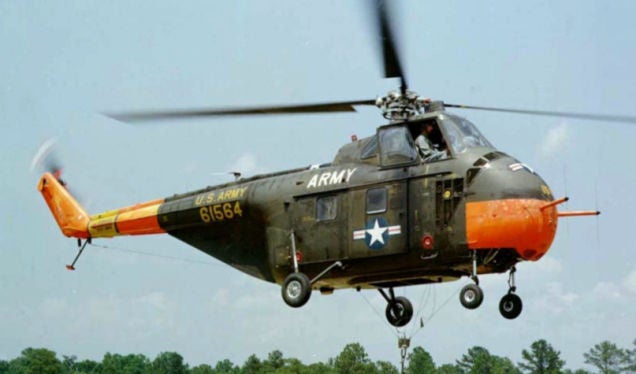
November 10, 1949 – First flight of the Sikorsky H-19 Chickasaw, a multi-purpose helicopter and the first dedicated transport helicopter to enter service with the US Army and US Air Force. Developed privately by Igor Sikorsky after WWII, it was also known by its civilian designation as the S-55, and was also built under license by Westland Aircraft in England where it was known as the Westland Whirlwind . A single Pratt & Whitney R-1340 Wasp radial engine in the nose drove the main rotor by means of a driveshaft that passed under and then behind the cockpit. Over 1,700 Chickasaws were built, and they served extensively in Korea and in the early years of the Vietnam War. (US Army photo)
!!! UNKNOWN CONTENT TYPE !!!
!!! UNKNOWN CONTENT TYPE !!!
!!! UNKNOWN CONTENT TYPE !!!
!!! UNKNOWN CONTENT TYPE !!!
!!! UNKNOWN CONTENT TYPE !!!
!!! UNKNOWN CONTENT TYPE !!!
!!! UNKNOWN CONTENT TYPE !!!
If you enjoy these Aviation History posts, please let me know in the comments. And if you missed any of the past articles, you can find them all at
Planelopnik History
. You can also find more stories about aviation, aviators and airplane oddities at
Wingspan
.
!!! UNKNOWN CONTENT TYPE !!!
 "RamblinRover Luxury-Yacht" (ramblininexile)
"RamblinRover Luxury-Yacht" (ramblininexile)
11/10/2017 at 12:55, STARS: 3
*secret handshake*

 "ttyymmnn" (ttyymmnn)
"ttyymmnn" (ttyymmnn)
11/10/2017 at 13:01, STARS: 1

 "RallyWrench" (rndlitebmw)
"RallyWrench" (rndlitebmw)
11/10/2017 at 13:01, STARS: 2
Double double bubble double deckers, nice.
 "RamblinRover Luxury-Yacht" (ramblininexile)
"RamblinRover Luxury-Yacht" (ramblininexile)
11/10/2017 at 13:24, STARS: 1
That’s verging on leaving
handshake
territory and entering
rigmarole.
 "Yowen - not necessarily not spaghetti and meatballs" (yowen)
"Yowen - not necessarily not spaghetti and meatballs" (yowen)
11/10/2017 at 13:24, STARS: 0
I’m starting to see a trend. While reading about the Lockheed Constitution, the word “underpowered” came up. This seems to come up a lot in several aircraft you’ve covered and it’s come up whether they were prop powered or jet powered. I suppose it makes sense when you are pushing the limits of what’s possible.
 "ttyymmnn" (ttyymmnn)
"ttyymmnn" (ttyymmnn)
11/10/2017 at 13:26, STARS: 1


11/10/2017 at 13:27, STARS: 1
Much as they loved seeing those whales when their fuel gauges hit “E”, the fast-mover pilots were happy to see the KC-97's go. Throttling your F-104 or F-4 to just above stall speed long enough to gas up was somewhere between carrier landings and dogfighting on the stress meter.
 "ttyymmnn" (ttyymmnn)
"ttyymmnn" (ttyymmnn)
11/10/2017 at 13:31, STARS: 0
Exactly, and it was the Achilles heel of so many aircraft in this transitional period, and for much of aviation history, actually. Particularly in the immediate postwar period, bomber tech had paved the way for larger and larger cargo and commercial planes, but the piston engine was reaching the maximum of its capability (which is why they bolted J47s on the C-97/KC-97). At the same time, turbojets were making their appearance, but they were still very early in their evolution, and not only did they provide less thrust they also used gobs more fuel. But the enemy of aviation is always weight, and as aircraft became more complex—and heavier—it always seemed like engine tech struggled to keep up. But now, with composites and other space age materials, we are seeing somewhat the opposite, where engines are getting more powerful and efficient while airframes are getting lighter, despite their size.
 "ttyymmnn" (ttyymmnn)
"ttyymmnn" (ttyymmnn)
11/10/2017 at 13:32, STARS: 1
Exactly. Just look at the AOA on those Corsairs.
 "RacinBob" (racinbob)
"RacinBob" (racinbob)
11/10/2017 at 13:40, STARS: 0
About the Chikasaw, I knew there was a radial air cooled engine in the nose but I’ve got two questions.
1. Anybody care to comment on how loud it must of been to ride/fly one?
2. I wondered how they cooled it?
 "Yowen - not necessarily not spaghetti and meatballs" (yowen)
"Yowen - not necessarily not spaghetti and meatballs" (yowen)
11/10/2017 at 13:49, STARS: 0
It seems we are in a new era then! I imagine the main goal these days is increases in efficiency.
This is similar to battery tech, it like engine power in aviation history, seems to be lagging behind what we need out of it. I would love for my phone with its stock battery to last 4 days. And for my car to be able to drive 800 miles on a charge.

11/10/2017 at 13:52, STARS: 0
Judge for yourself:
!!! UNKNOWN CONTENT TYPE !!!
Cyclones are air-cooled:
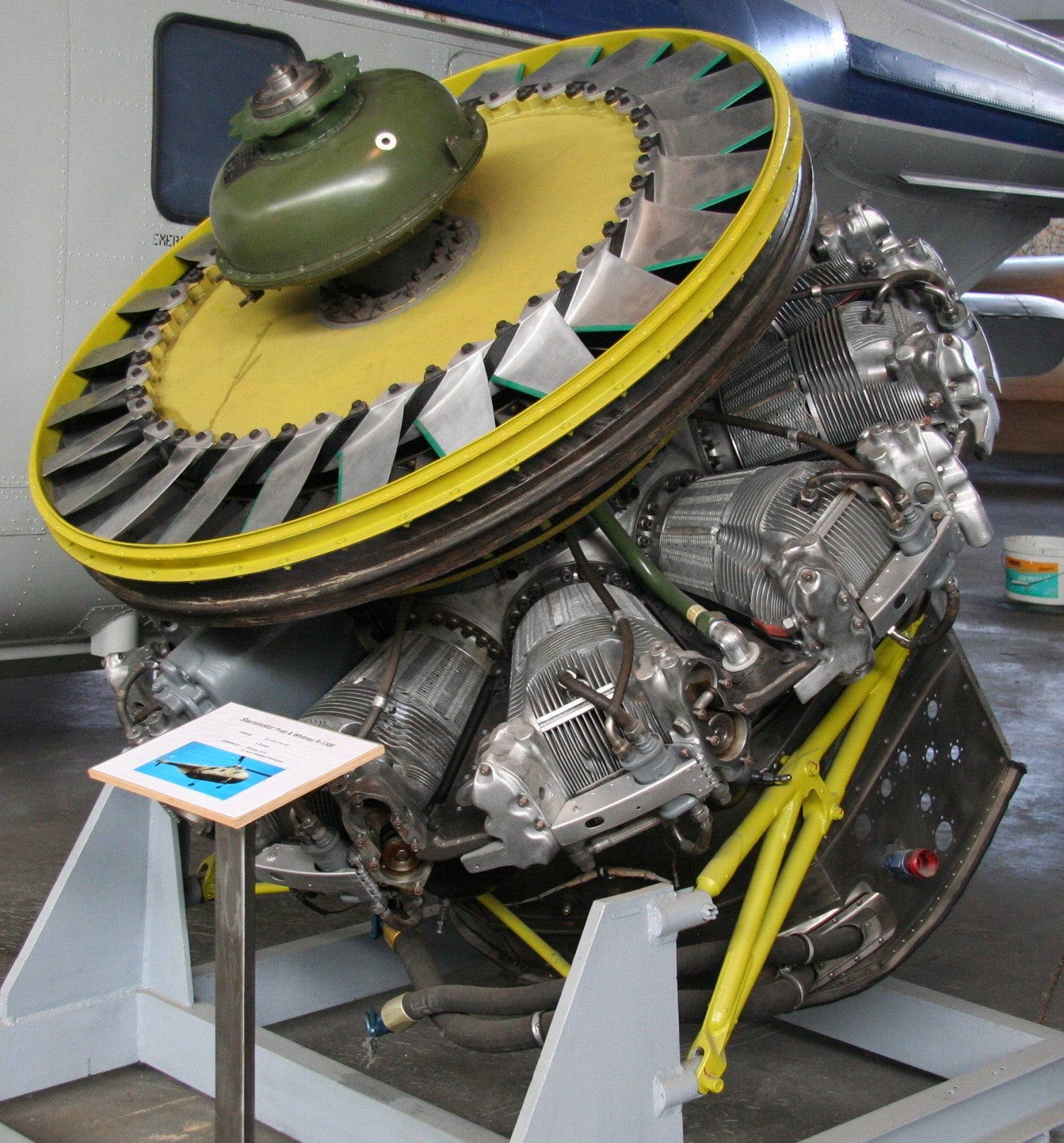
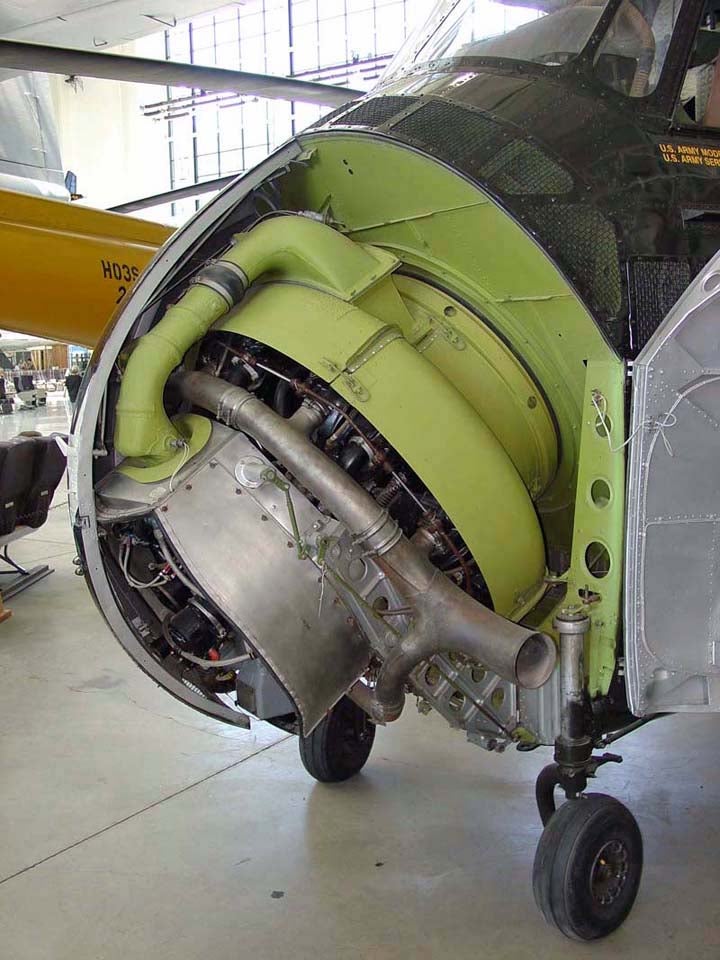
 "ttyymmnn" (ttyymmnn)
"ttyymmnn" (ttyymmnn)
11/10/2017 at 14:00, STARS: 0
the main goal these days is increases in efficiency.
Absolutely. While strides have been taken to lighten aircraft, there is only so much that can be done to change the general shape. Everything is going toward efficiency and extended range, since airlines are obsessed with managing fuel costs. I’ve got a piece coming up (next week, I think) about the world’s longest commercial flight. Eventually, I think the only limiting factor in transport, aside from fuel load, will be human endurance. Nobody would want to spend 20 hours on a plane with 300 of his closest friends.
 "ttyymmnn" (ttyymmnn)
"ttyymmnn" (ttyymmnn)
11/10/2017 at 14:07, STARS: 0
I’m going to go with, “Loud as shit.”
Like all radials, they were air cooled. The Westland Wessex, built under license in England, replaced the radial with a turbine engine.

11/10/2017 at 14:23, STARS: 1
Or this RF-4:


11/10/2017 at 14:45, STARS: 0
Depends. If we develop the sleep chambers from ‘The Fifth Element’ I’d be okay with a 20-hour flight.

 "ttyymmnn" (ttyymmnn)
"ttyymmnn" (ttyymmnn)
11/10/2017 at 15:20, STARS: 1
